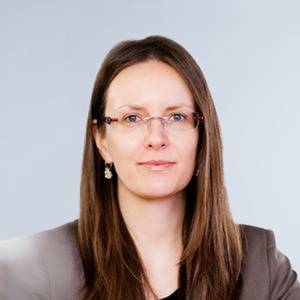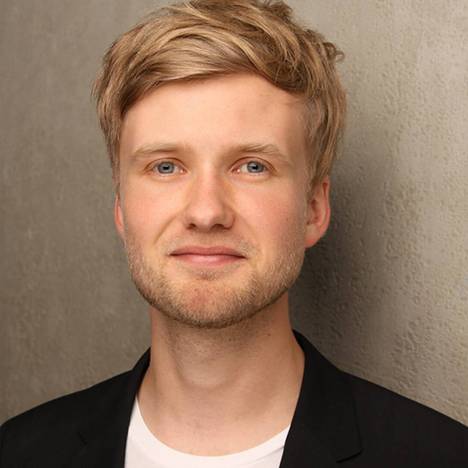What is it all about?
First-generation quantum technologies have long been part of our everyday lives: Every smartphone camera, the MRI scan at the doctor's office, GPS navigation, and fiber optic internet collectively exploit quantum effects.
In recent years, second-generation quantum technologies have revolutionized research and are poised to transform industry. Advances in technology now make it possible to manipulate individual quanta, the smallest physical particles such as photons, electrons, or atoms, in a targeted manner, thereby exploiting highly characteristic interactions that defy the laws of classical physics.
The effect of entanglement (the mutual interaction of two particles without a direct spatial connection) makes it possible, for example, to use individual photons to encrypt messages or to perform new types of calculations. Today, we are developing high-precision sensors that use the interaction of photons and atoms to explore the ground beneath us, measure time, or detect tiny currents in the human brain.
Innovations in quantum computing, quantum sensors and quantum communication are opening up new possibilities every day. The answers to major societal challenges may lie in the smallest details, in individual quanta such as photons or quantum systems such as atoms or ions that open new horizons through their microscopic behavior.
Quantum Technologies in Berlin Brandenburg
Over 100 years ago, brilliant minds met in Berlin to develop quantum theory. In 1900, Max Planck laid the foundations of quantum physics at the Friedrich Wilhelm University (now Humboldt Universität zu Berlin) with the discovery of quanta, the discrete release of energy in "packets". Einstein himself was initially skeptical, but proposed the hypothesis that light has both wave and particle properties. A hypothesis that forms the basis of today's technologies such as lasers and computers. Today, quantum theory is one of the best tested theories and has been awarded several Nobel Prizes.
Berlin and Brandenburg continue to be centers of quantum research, with renowned scientists at their universities and non-university research institutions. The capital region also has a well-established research and industry community in the fields of photonics and microelectronics. These key technologies are essential for successful transfer into applications.
Initiatives such as BERLIN QUANTUM are driving forward the transfer idea of bringing quantum technologies into companies and thus into society. The leap innovation hub in Adlershof offers a place to exchange ideas with players from the capital region, get to know innovative start-ups and gain direct access to students, the next generation of experts.
Berlin-Brandenburg attracts innovative minds working on quantum sensors, quantum computers and quantum communication. The region offers excellent conditions for quantum start-ups, companies and innovative research. Here, science and industry work hand in hand to turn ideas into marketable products. Berlin and Brandenburg are the perfect place to achieve great things with the smallest of particles.
Outlook
The promotion of quantum technologies in recent years has led to rapid progress. The challenge now is to bring these technologies into concrete applications and develop them for widespread use. While some quantum solutions are already on the market, others are still some time away. But the potential is undeniable. With a strong national and international network, researchers in the Capital Region are working together and with industry to take the ideas of quantum technologies from theory to practice.









